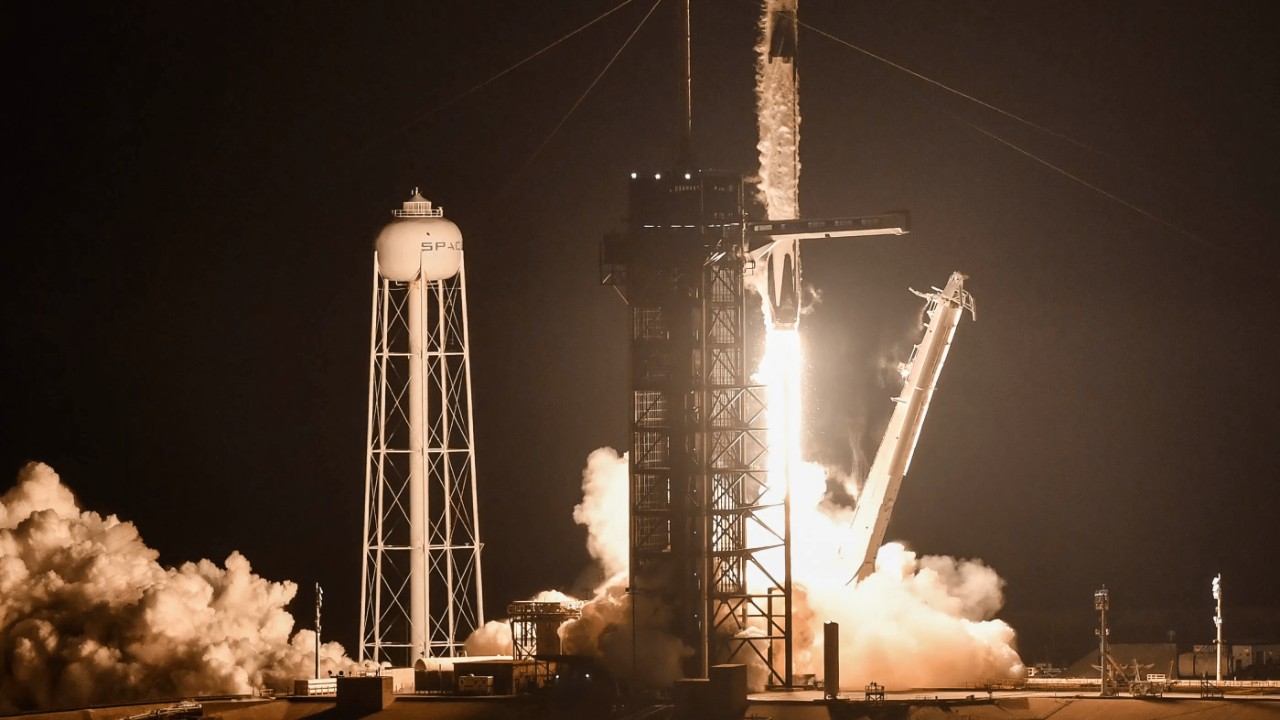SpaceX laser-equipped Starlink satellites to support astronauts in orbit
SpaceX's laser-equipped Starlink satellites will provide vital internet support to astronauts in orbit, marking a significant advancement in space connectivity.

SpaceX's Starlink satellite internet service is poised to achieve a significant milestone by offering laser-based internet coverage to astronauts aboard a Crew Dragon spacecraft. In recent years, SpaceX has solidified its position as a comprehensive player in space endeavors, with Falcon 9 rockets capable of launching diverse payloads and crewed missions to various destinations, including the International Space Station (ISS). Simultaneously, its Crew Dragon spacecraft has opened the door for both private and government astronauts, while the Starlink internet service utilizes low Earth orbit (LEO) satellites to provide global internet connectivity.
SpaceX laser-equipped Starlink satellites to support astronauts in orbit
Now, Starlink is set to provide internet connectivity to astronauts participating in the Polaris Dawn mission, scheduled for liftoff early next year. SpaceX's remarkable progress with the Crew Dragon has transformed space travel, enabling private individuals to journey into space. Previously, space travel was predominantly restricted to astronauts trained and funded by space agencies, mainly due to the absence of privately operated spacecraft, as existing ships like the Space Shuttle and Russian Soyuz were under the control of space agencies.
The Crew Dragon, developed and operated by SpaceX, has changed this dynamic, allowing private astronauts to venture into space. The Inspiration4 mission in September 2021 marked the first time an all-private astronaut crew embarked on a space mission, and in April 2022, SpaceX's Crew Dragon became the first fully commercially operated mission to the ISS.
Following the success of Inspiration4, billionaire Jared Issacman, the driving force behind the mission, purchased seats for the Crew Dragon as part of the Polaris Program. The Polaris Program aims to raise funds for St. Jude and includes three flights, with the first two utilizing the Crew Dragon and the third using Starship.
While specific launch details for the Polaris Dawn mission have yet to be announced, it is expected to occur in early 2024. This mission will mark several milestones in private spaceflight, including a spacewalk by private astronauts, a first in the industry. Additionally, the Polaris Dawn mission will test Starlink's capabilities during human spaceflight. SpaceX recently revealed that the Starlink satellite internet constellation employs more than 8,000 lasers for inter-satellite communications, with each laser link capable of transferring 100 Gbps. The mission's communications team outlined that the Polaris Dawn crew will be the first to test "Starlink laser-based communications in space," marking a significant achievement for SpaceX's satellite internet constellation.







